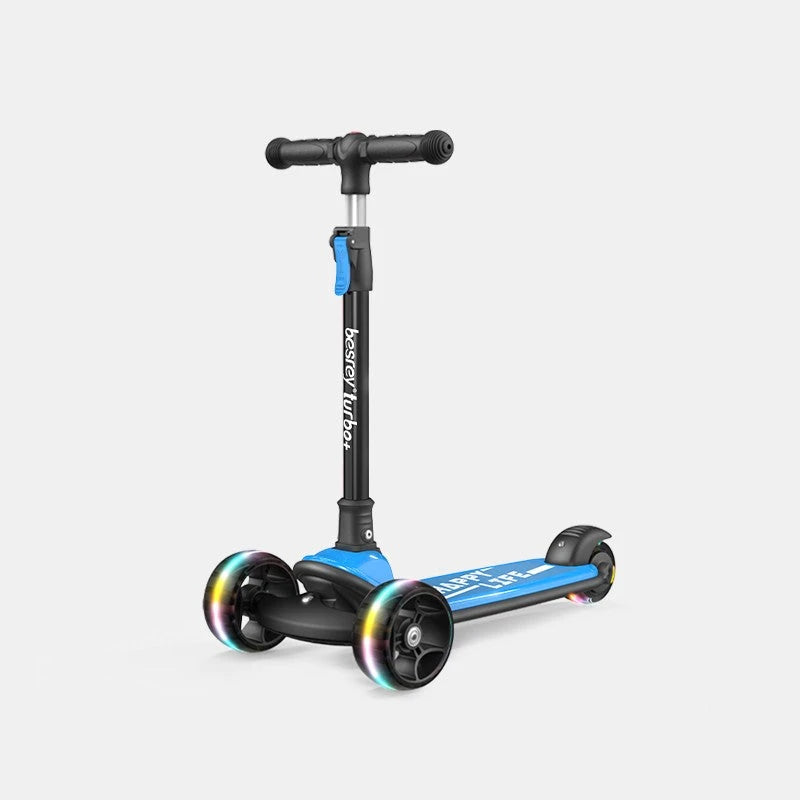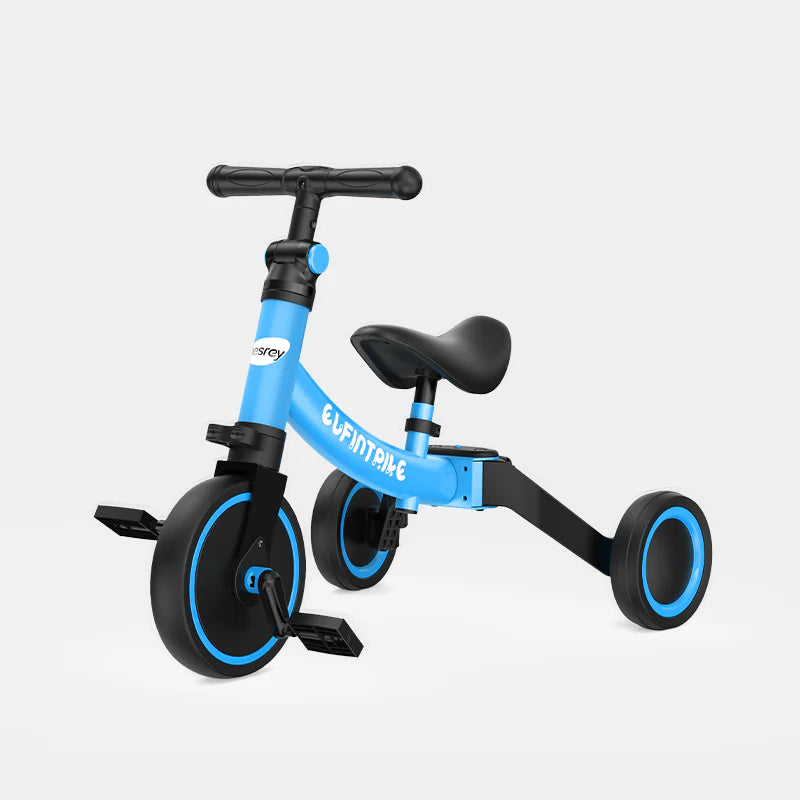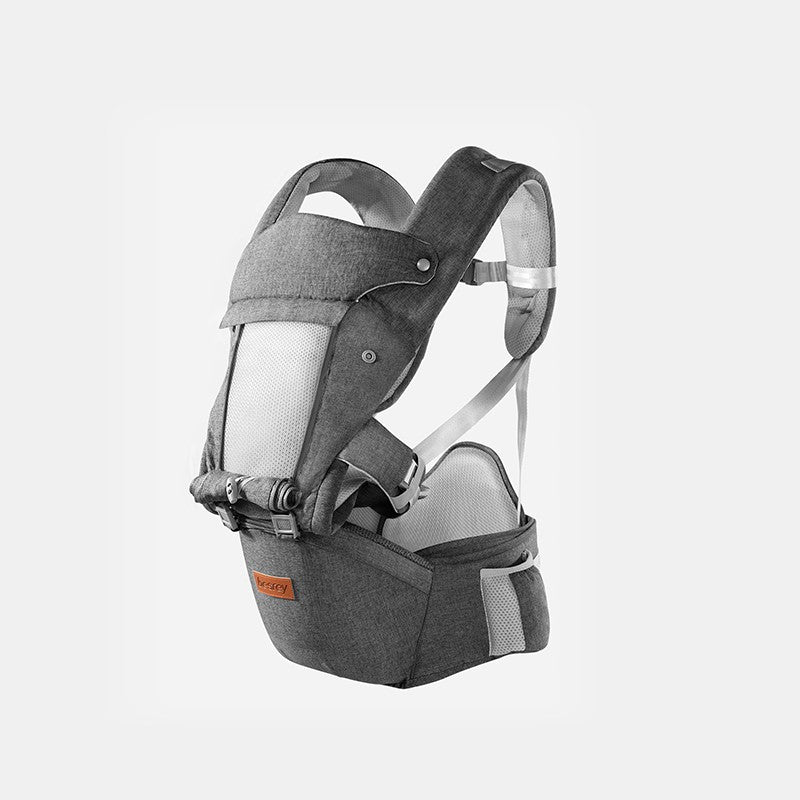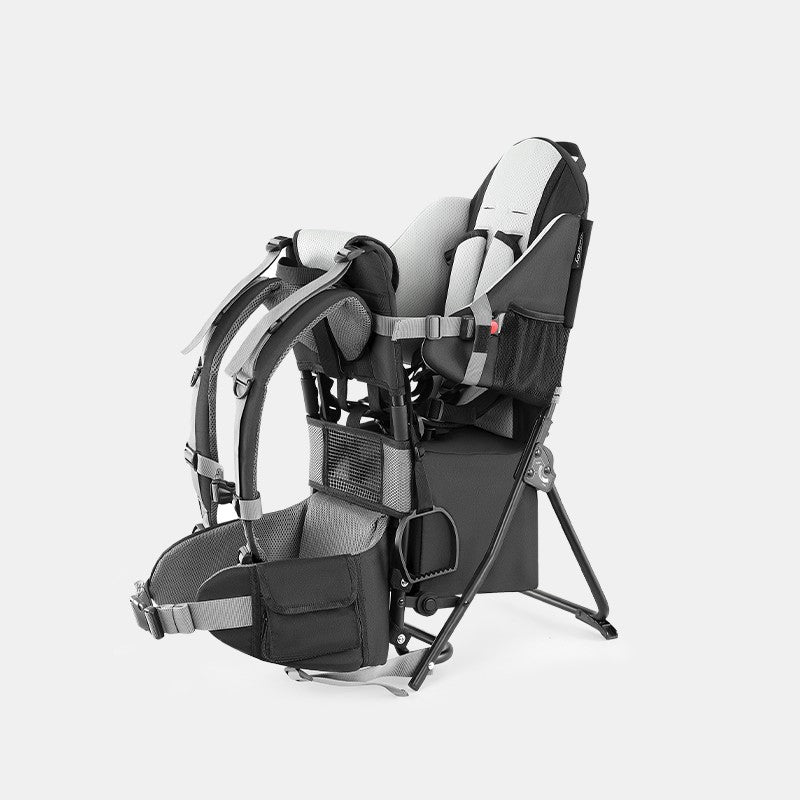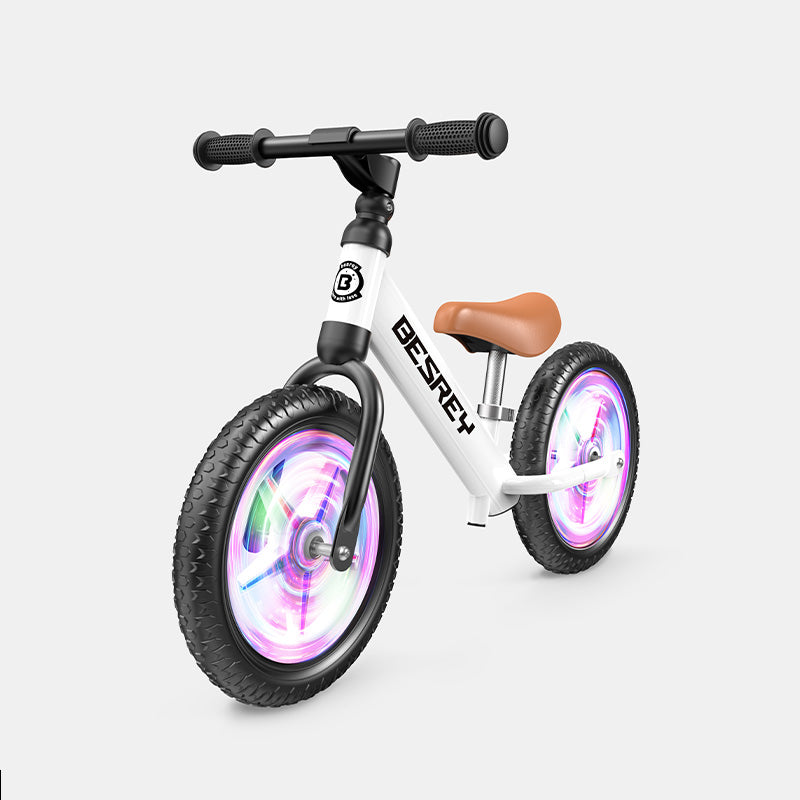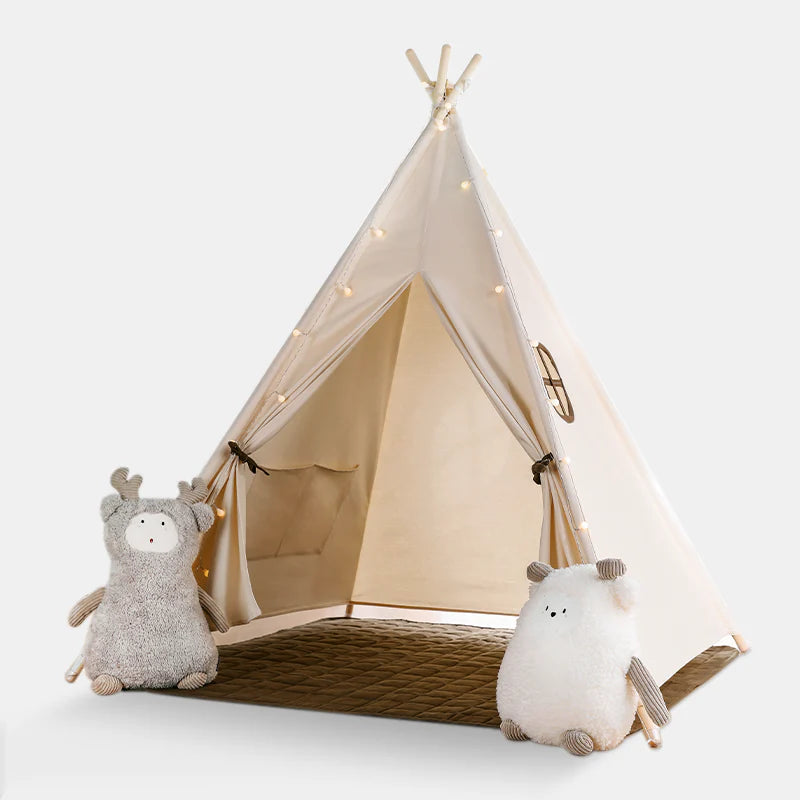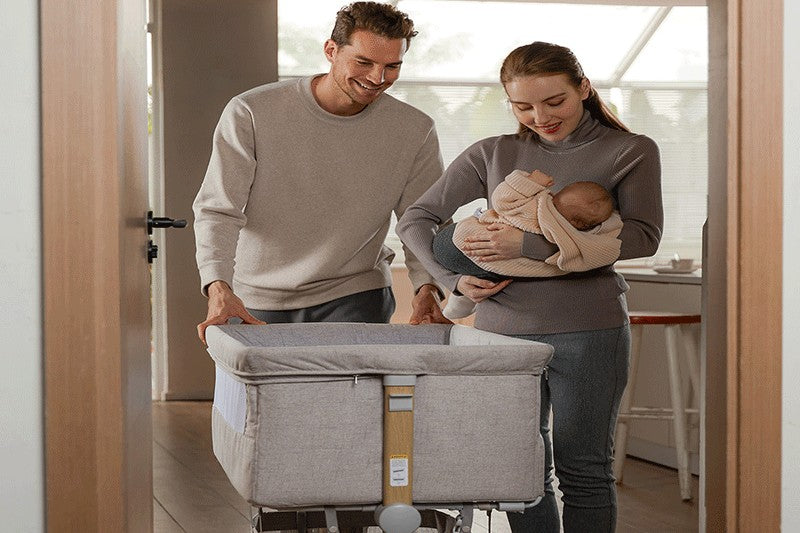
Safety Tips for Bedside Bassinets: Safety Standards and Tips for Use
Babies spend a significant amount of time sleeping. And we mean it when we say a lot. The National Sleep Foundation recommends that newborns sleep for 14-17 hours daily.
This means your baby spends more time sleeping in their baby bassinet or bedside bassinet than in any other room—or on any other piece of furniture—in your home.
And while there is no denying the importance of selecting the best baby crib or bassinet for your family, it can be difficult to understand how crib safety standards should influence your choice of bedside bassinet or crib model.
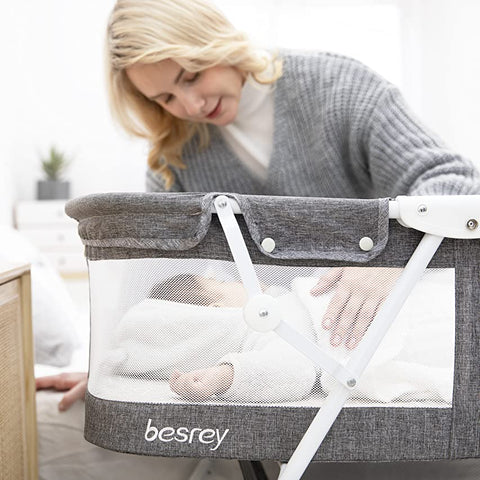
Safety Standards for Bedside Bassinets
All cribs sold in the United States must now meet new federal safety standards!
List of recalls
Unfortunately, a potentially dangerous safety issue can arise while the product is already in use. The manufacturer must immediately recall such a crib, notify customers, and place it on the CPCS (Consumer Product Safety Commission) recall list.
Although such a crib should no longer be on the market, you can double-check by using the above link.
Traditional drop-side cribs are not allowed!
The Consumer Product Safety Commission prohibited the sale of cribs with a drop-down side due to numerous injuries and even tragic baby deaths.
The drop-side mechanism can break or deform, resulting in the drop-side detaching. The baby may enter this space and become entrapped, resulting in suffocation.
A Bedside Bassinet Must Include:
- Astable framework with no sagging sides
- Strong feet
- Mattress support that is solid and dependable
Safety of Bedside Bassinet slats
Wood slats should be made of stronger wood no more than 2 3/8 inches apart. While solid wood prevents slats from breaking, the short distance between them keeps the baby from being entrapped. Your baby should not be able to fit through the slat gap!
The Crib's Hardware is Strong and Dependable!
Anti-loosening devices must be installed on crib hardware to prevent it from becoming loose or falling off. Crib wood should be free of cracks and splits, and the framework should be free of sharp edges and rough spots.
It is also critical to tightly secure screws while assembling the crib. As a result, they will not catch your baby's clothes, pinch him, or otherwise injure him.
Secure Mattress Support
A new baby crib safety standard necessitates stronger mattress support.
The majority of new cribs have adjustable mattress support. That is a fantastic feature, especially for petite mothers! Getting a sleeping baby over the upper rail and into the crib is difficult. I am well aware, and I am not even short.
In any case, raising the mattress for a newborn saves us a lot of trouble and backache! Of course, you should remember to lower it as your baby grows. That way, she won't be able to climb, roll, or fall out of the crib.
The crib's sides should be at least 26 inches higher than the mattress's!
How to Check if Your Bedside Bassinet is Safe?
There should be:
- A firm, snug-fitting mattress to prevent a baby from becoming trapped between the mattress and the crib.
- No screws, brackets, or other hardware on the crib or mattress support that are missing, loose, broken, or improperly installed.
- No more than 2 3/8 inches (about the width of a soda can) between crib slats; no missing or cracked slats.
- No corner posts more than 1/16th inch high so that a baby's clothing does not catch.
- No cutouts on the headboard or footboard to prevent a baby's head from becoming trapped.
- Entrapment or suffocation deaths can occur when cribs are incorrectly assembled, missing, loose, broken hardware, or broken slats. Infants can become strangulated if their head and neck are entangled in gaps caused by missing, loose, broken hardware or slats.
Look for mesh-sided cribs or playpens that have:
- Mesh is less than 1/4 inch in size, about the size of a baby's clothing buttons.
- Mesh is free of tears, holes, and loose threads that could entangle a baby.
- The mesh is securely fastened to the top rail and the floor plate.
- No tears or holes in the top rail cover.
- Staples are not missing, loose, or exposed if used.
How to Choose a Safe Bedside Bassinet?
Websites can find numerous baby crib reviews and "best of" lists. The innovative Besrey bedside crib makes it easier to have your baby safely by your side. It's constructed of aviation-grade aluminium and steel alloy for durability — is fully compliant with ASTM, CPSIA, and CCPSA standards, keeping your baby safe and promoting bedside parent-infant bonding with your little one.

It's designed with a spacious sleeping area (34.65" x20.08") for infants from 0 to 6 months; the soft skin-friendly peach skin-covered 3D good cotton mattress and strong medium-density fiberboard provide comfort with just the right amount of support, protecting your baby's spine while growing.
Adjustable to heights of 30.91 "-39.37" measured from floor to top of bedside bassinet, it's suitable for varying bed heights. In addition, retractable feet of 3.93" allow for use with all beds, including box beds.
The baby bassinet is seated on 4 360-degree casters, each with its sturdy brake, making it extremely easy to move room-to-room and safely fixed in position when the brakes are applied.
A mosquito net made from breathable mesh holes and blackout meteor hemp shading promotes a peaceful sleeping environment.
The detachable sheet and side fabric can be easily removed, and hand washed for ultimate ease of use.
Related Reading: Buying Guide for the Best Bedside Crib in 2022
Other Safety Tips for Bedside Bassinets
If the bedside bassinet meets all required safety standards, you've taken an important step toward your baby's safety. However, purchasing a safe crib is not the only thing you should do; you must also use it correctly! You should take other safety precautions to provide the safest sleep environment for your baby!
- To avoid suffocation, never place pillows, blankets, or sheepskins in a baby's sleeping environment.
- If you use position devices, make sure to follow the instructions carefully.
- The American Academy of Pediatrics (AAP) has issued a warning against the use of bumper pads. If you must use them, use breathable materials that fit snugly around the crib.
- Avoid putting plush toys or comforters in your baby's crib.
- Ensure the cord from a baby monitor is not too close to the crib, as the baby could strangle or choke on it.
- Keep the crib away from blinds, windows, and anything else that baby can pull down as he ages. Blinds or curtain cords can suffocate a baby rich. This measurement also keeps your baby from falling out of the window.
- Check for loose or broken screws, bolts, and mattress support regularly. If you check them every time you change the sheets, you won't forget about it.
- Keep your baby in the crib on their back at all times.
- It is best to sleep in the same room as your parents, but not in the same bed.
- Before putting your baby in the crib, remove any bibs or necklaces from their neck.
- Maintain a smoke-free environment around your baby. Not only for sleeping but always!
- Do not overdress your sleeping baby. The baby should be kept warm, but not too warm, as she can quickly become overheated.
Share

